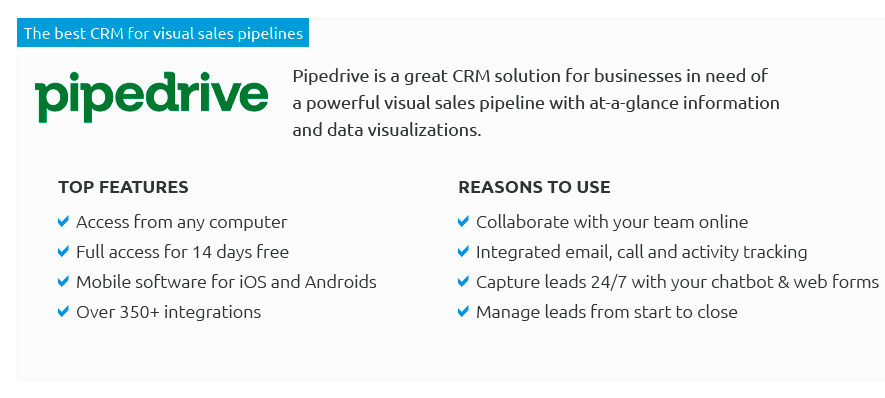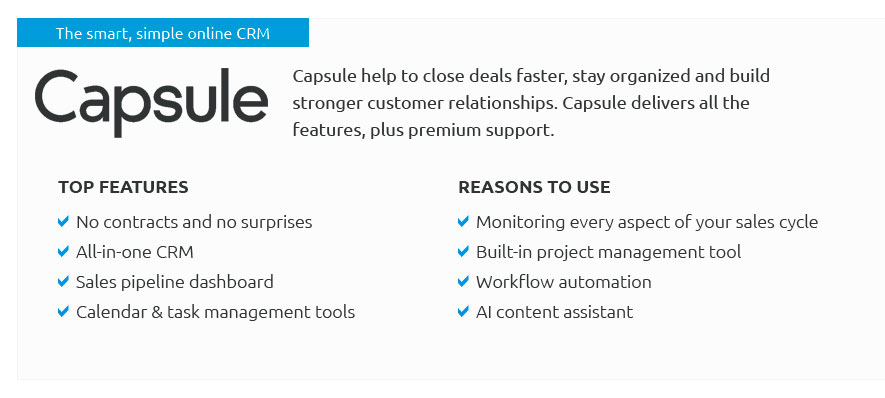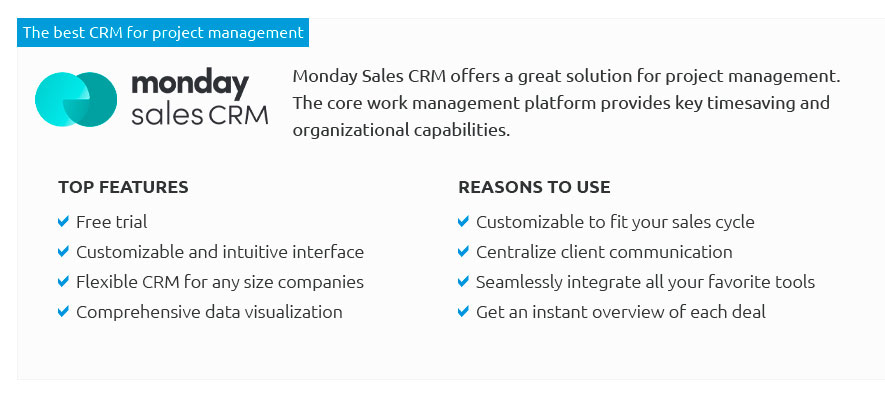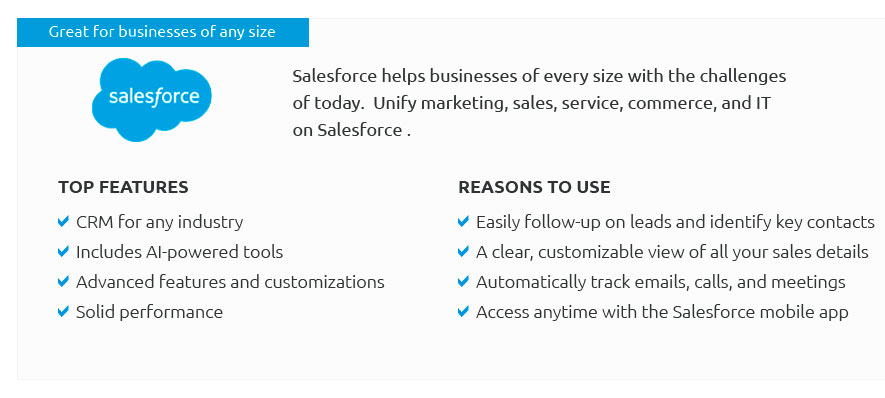 |
 |
 |
 |
 |
|
 |
|
 |
|
 |
|
 |
|
 |
|
 |
 |
|
cvvr9i09q Unlock the future of your business with our definitive CRM Software Review, where the best CRM platforms converge to transform your customer interactions into seamless, insightful experiences; dive into our comprehensive CRM systems comparison and discover the powerhouses that lead the industry, empowering you to make informed decisions with confidence and precision-because your business deserves nothing less than the pinnacle of efficiency and innovation.
https://www.pcmag.com/picks/the-best-crm-software
Our Editors' Choice winner, Zoho CRM, is full-featured and very customizable, but we also highlight other options that might be a better fit for your business. https://www.capterra.com/customer-relationship-management-software/
What are the most reviewed CRM systems? ; Zoho CRM. 94/100. 47/50 ; HubSpot CRM. 87/100. 40/50 ; Salesforce Sales Cloud. 85/100. 37/50 ; Dynamics ... https://gurussolutions.com/crm-comparison-chart
This guide will compare six top-ranking CRM software platforms: Salesforce, HubSpot, Monday.com, NetSuite CRM, Zoho CRM, and Zendesk.
|